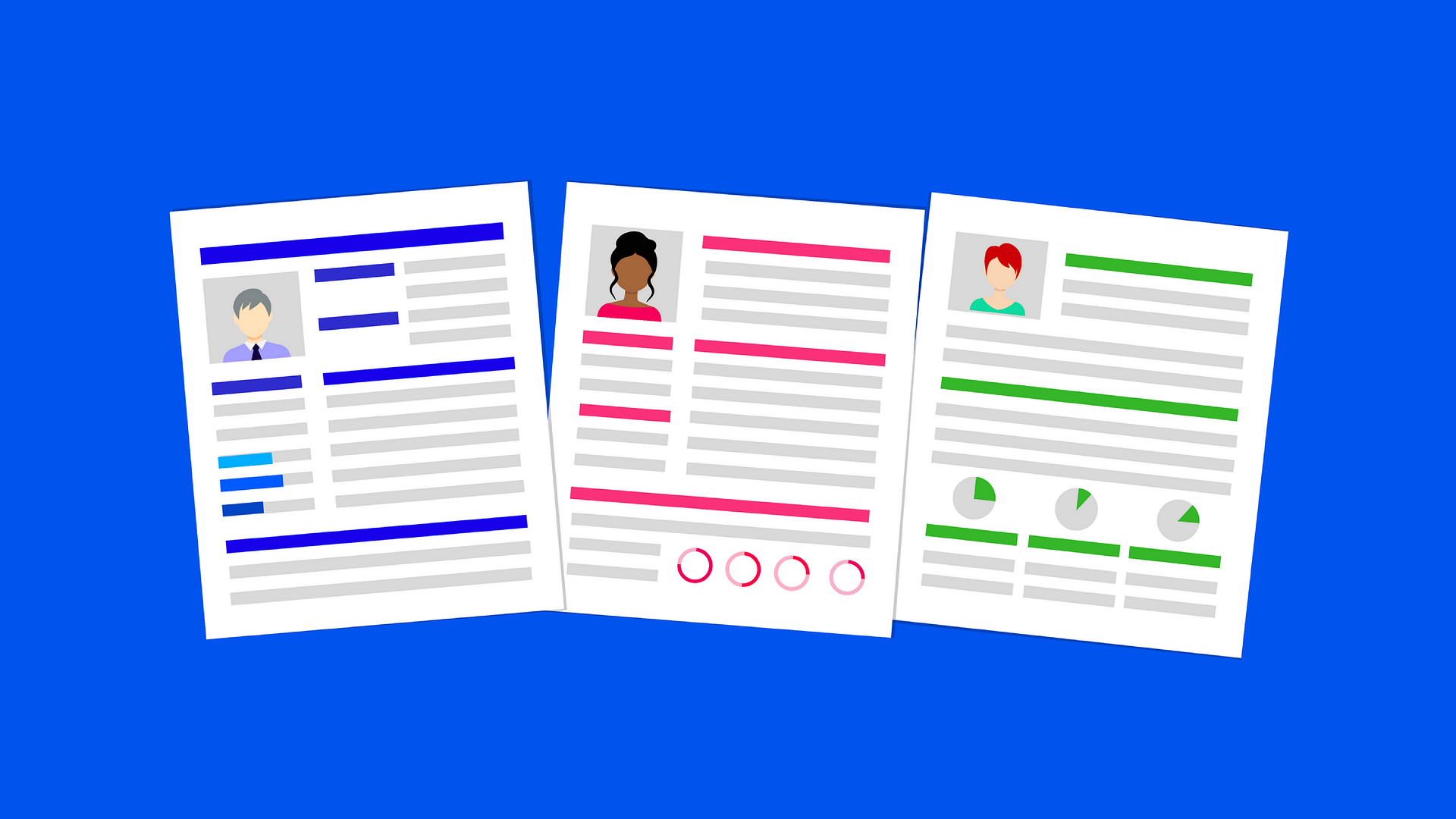Equitable Hiring Practices in the Era of Virtual Interviews
By Olivia Le Warn, Engagement Coordinator, Coalition for the Delaware River Watershed
As organizations adjust to holding interviews over virtual platforms, why not take the time to fully appraise your organization’s hiring practices to ensure a more equitable process? Here are some best practices for equitable hiring, for both virtual and in-person interviews.
List the salary range on the job posting. Not having a salary or salary range on a job posting starts a candidate’s relationship with the organization with a lack of transparency and trust. Qualified candidates could take the time filling out the application, writing a cover letter, attending the interview (or multiple interviews, depending on your organization’s hiring process), and receive an offer that they would have to decline after the salary is disclosed because it cannot meet their needs.
Not being upfront about salary wastes the resources of the organization to set up and conduct interviews that lead nowhere. Not listing salary also perpetuates the gender and racial wage gaps, due to biases about women and BIPOC negotiating for higher pay. This article by NonprofitAF dispels many of the myths that organizations have about salary transparency on job postings.
Use a hiring committee and standardize interview questions. Hiring committees are an effective way to reduce bias in the interviewing process. A single interviewer may make snap decisions on a candidate based on shared interests, education level, or non-verbal communication, and without having to justify their decision to others those biased judgements would go unchallenged. For best results, create a hiring committee that is diverse in its members as to combat shared biases that a more homogenous group would have.
Another way to reduce bias in interviews is by having standardized questions for every candidate. If the interviewer takes an early liking to a candidate, they may unconsciously ask “easier” questions, and vice-versa if the interviewer does not like a candidate early on. Standardized questions also make it easier to compare candidates by providing the same information about all of them to the hiring committee.
Provide instructions for the virtual platform being used. While we may assume that everyone is a professional at using video conferencing platforms at this point, it is still important to include instructions for the specific platform the interview will be conducted with. If an applicant is from an organization that only uses Webex, they may have no prior knowledge about how to use Microsoft Teams. Giving instructions ahead of time can create a more level playing field, and not give priority to candidates just because they are more familiar with a particular platform.
Rethink what you consider “professionalism.” For many people, strong eye-contact is an important indicator of professionalism. On video platforms, this can be much harder to achieve, as the candidate cannot look at the interviewer on their screen, and their web camera at the same time. Eye contact can also be difficult for people with certain disabilities, anxiety, or autism. If eye-contact is not a critical part of a candidate’s job, then it should not matter in the hiring process.
Likewise, only considering candidates that send a “thank you” note after the interview cuts out potentially qualified candidates. Not everyone has been taught that practice, and a decision should be made based on work experience, skills, interests, and so on.
Limit distractions on your end. In an in-person interview all distractions are shared as the candidate and interviewer are in a shared space. While we cannot account for things like the garbage truck loudly idling outside your home or your neighbor deciding it is perfect lawn mowing weather, the interviewer should do their best to limit distractions on their end. Understanding should be extended to the candidate about distractions on their end, as well.
For more information on equitable hiring practices, such as interview questions, where to post a job, and skills tests, visit our Diversity, Equity, Inclusion, and Justice Toolkit Volume 1: Internal Organization Practices.



